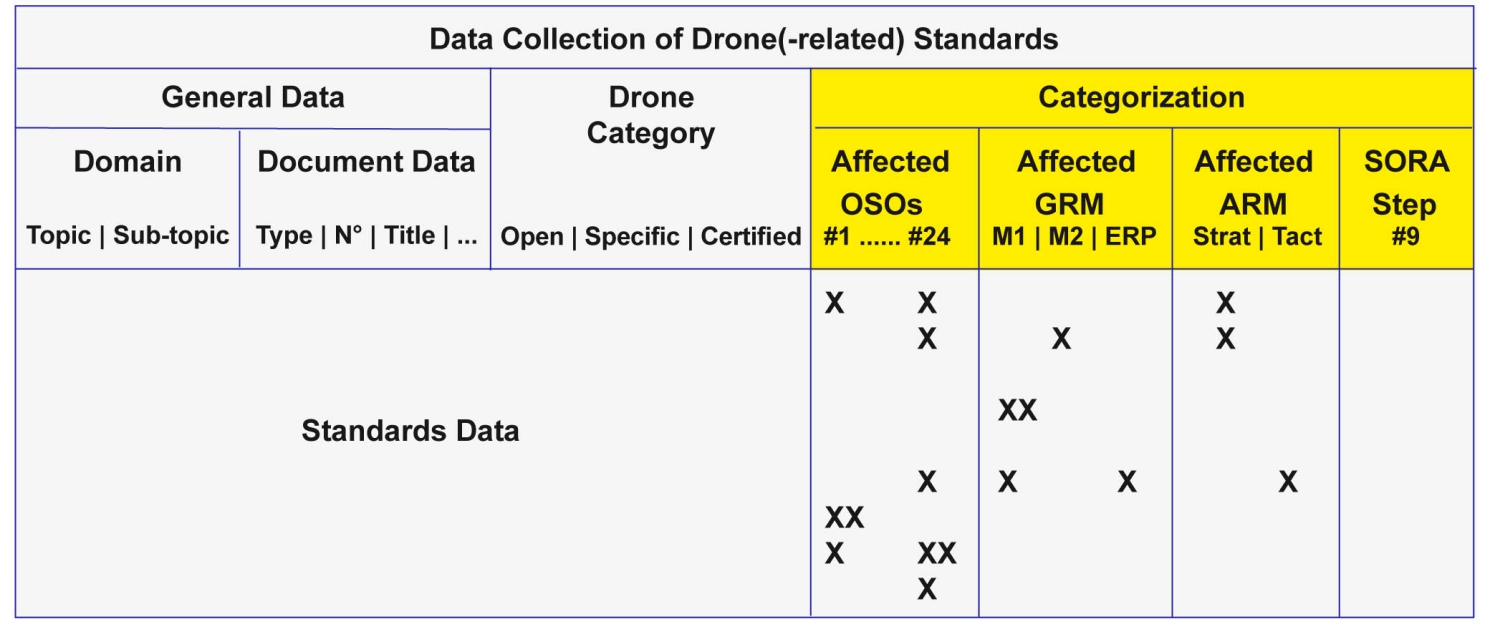AW-Drones is a 36 months (2019-2021) project co-funded by the European Commission (EC) in the framework of Horizon 2020, the EU Research & Innovation programme. The project supports the ongoing EU regulatory process for the definition of technical rules, standards and procedures for civilian drones to enable safe, environmentally sound and reliable operations in the EU.
This objective is met through four main strands of activity:
- Collect information on ongoing and planned work with regards to technical rules, procedures and standards developed for mass-market drones worldwide
- Carry out a critical assessment/benchmarking of all collected data to identify best practices, gaps and bottlenecks
- Propose and validate a well-reasoned set of technical standards for each category of drone operations
- Engage with key stakeholders and end-users, i.e. representatives of the whole drone value chain.
The EC and the European Aviation Safety Agency (EASA), together with the project consortium, considered the current regulatory needs at EU level, and decided to give priority to the following areas:
- Year 1: Analysis of standards required to support effectively the Specific Operations Risk Assessment (SORA) methodology. In particular, AW-Drones will look at the mitigations strategies proposed by SORA in its Annexes B and E and identify to what extent supporting standards to implement those mitigations are available or need to be developed. The identification of these standards will initially focus on technical ones, but those that are more related to operations and procedures will be considered as well.
- Year 2: Analysis of standards supporting the development of U-Space in Europe. In particular, all standards required to support the technical implementation of U-Space services in U1, U2 & U3 phases will be addressed.
- Year 3: Towards its end, AW-Drones will focus on standards needed to support the operation of highly automated UAS and to ensure that they can be operated safely in a variety of applications. Standards and principles needed for Autonomous UAS certification will be investigated.
Collection of UAS Standards
The starting point for the collection of data has been the European Standards Coordination Group (EUSCG) Rolling Development Plan, as it provides an overview of a large number of standards related to UAS (from European as well as non-European organisations). In addition, this source has been complemented with other data, e.g. ANSI roadmap and literature studies by consortium members.
The collected standards are linked to the SORA Operational Safety Objectives (OSOs), ground/air risk mitigations (GRM / ARM) and Step #9 (Adjacent Area / Airspace Considerations). This is a first step for the assessment of a standard as a possible Acceptable Means of Compliance (AMC) to one or more OSOs/mitigations. The final outcome of the data collection is a table organized as follows:
Standards Assessment
During the first year of the project (2019), the AW-Drones project focused on the collection and assessment of standards potentially suitable to support the demonstration of compliance to the requirements set out in the Specific Operations Risk Assessment (SORA) methodology. This methodology is officially recommended by EASA as AMC to Article 11 of EU Regulation 947/2019, but at the moment lacks clear guidance on which technical standards the UAS operators should use.
AW-Drones is in charge of the assessment of the standards collected as described. The assessment is carried out according to the methodology defined by the project and was carried out for all the requirements stemming from the SORA methodology, including:
- Ground Risk Mitigations (DRM)
- Tactical Mitigations Performance Requirements (TMPR)
- Operational Safety Objectives (OSOs)Adjacent Area / Airspace requirements
The assessment did not address the technical quality of the individual standards. It was assumed that each standard was adequate to fulfil the scope for which it was developed, and the focus of the assessment was only on the evaluation of its capability to address the requirements.
Presentation of Results
The AW-Drones open repository is an online platform where users will be able to easily identify relevant information from the AW-Drones database of standards and regulations. This online platform that will provide a single point of access to relevant information on:
- Rules, procedures and technical standards developed for civilian drones
- Best practices, gaps and bottlenecks
- Technical standard for each category of drone operations.
Apart from an open platform that will be used as information exchange (access, mine, exploit, reproduce, disseminate data), the AW-Drones repository will also include collaboration features (commenting, rating, adding and editing content, reviewing, etc.) that will enhance its use and purpose, and will further support its sustainability even after the end of the AW-Drones project.
The AW-Drones repository will store the following information for each standard:
- Domain (Domain and Sub-topic)Type of Standard (Whether it is Standard / Specification, Best Practice or Information / Guidance)
- Document information (Document Number, Title, Organisation, Status, Description)
- Safety requirements (including affected SORA OSO, Technical requirements, Operational requirements, Remote crew training, Safe design, Deterioration of external systems supporting UAS operation, Human Error, Adverse Operating Conditions)
- Ground Risk Mitigations (M1 Generic, M2 Effects on ground impact, ERP)
- Collision Risk / Air Risk (Strategic Mitigation, Tactical Mitigation).
Four types of repository users have been identified:
– Administrator
– Editor
– Acknowledged User
– Basic User
Different functionalities will be offered for each type of user.
The AW-Drones open repository will be ready in June 2020 and will be linked by the project website: https://www.aw-drones.eu/


